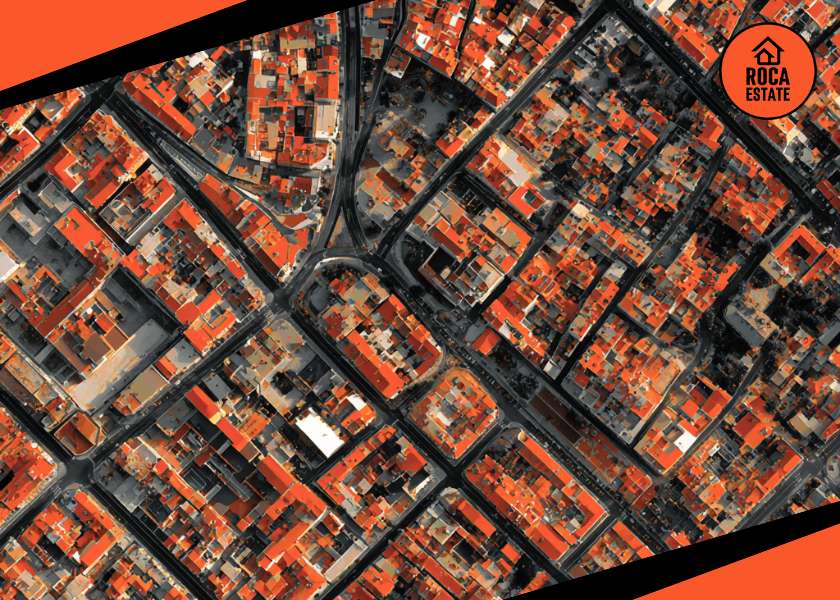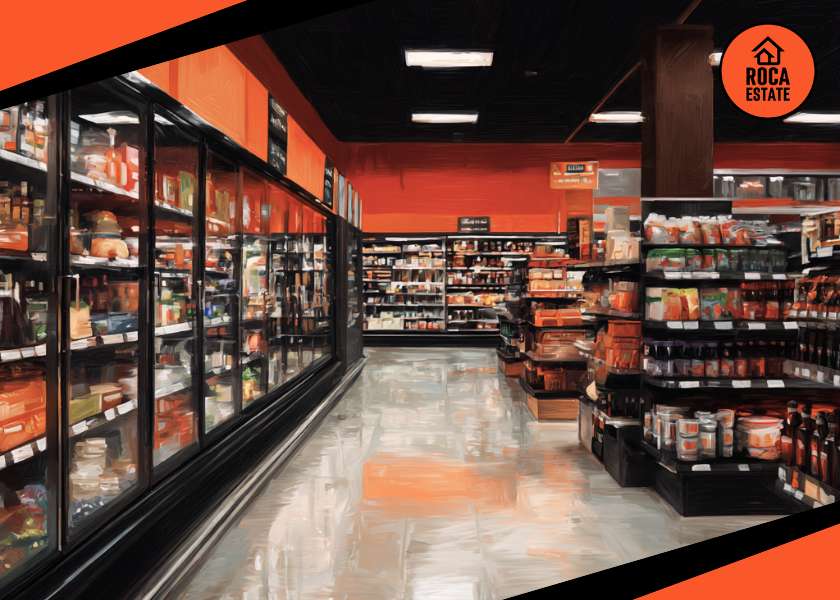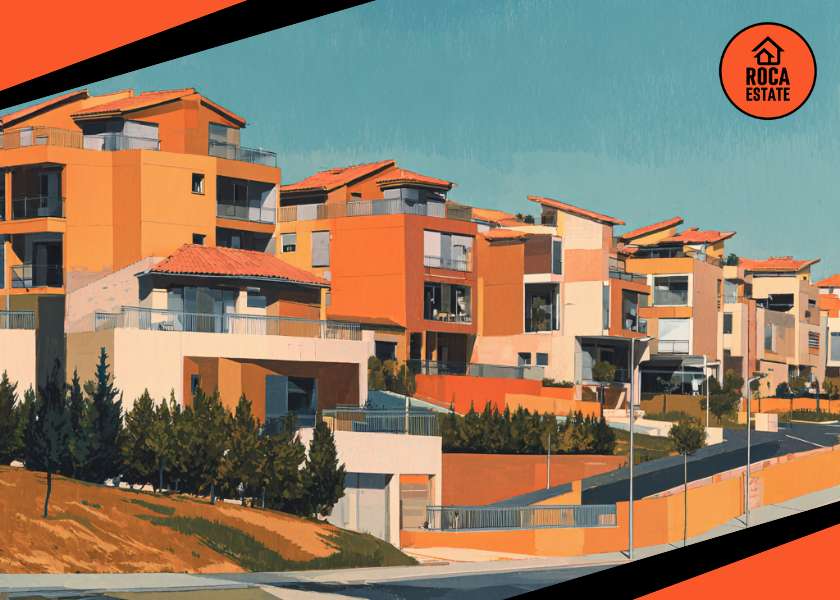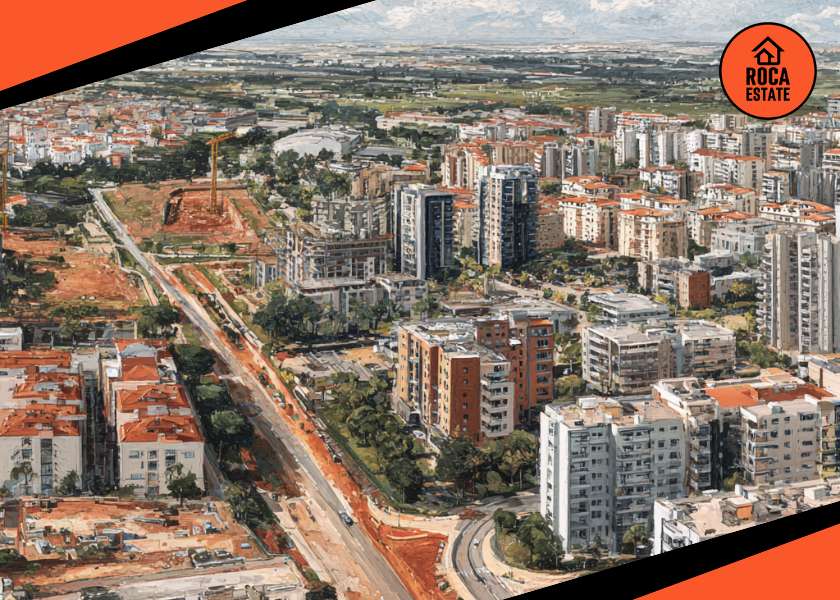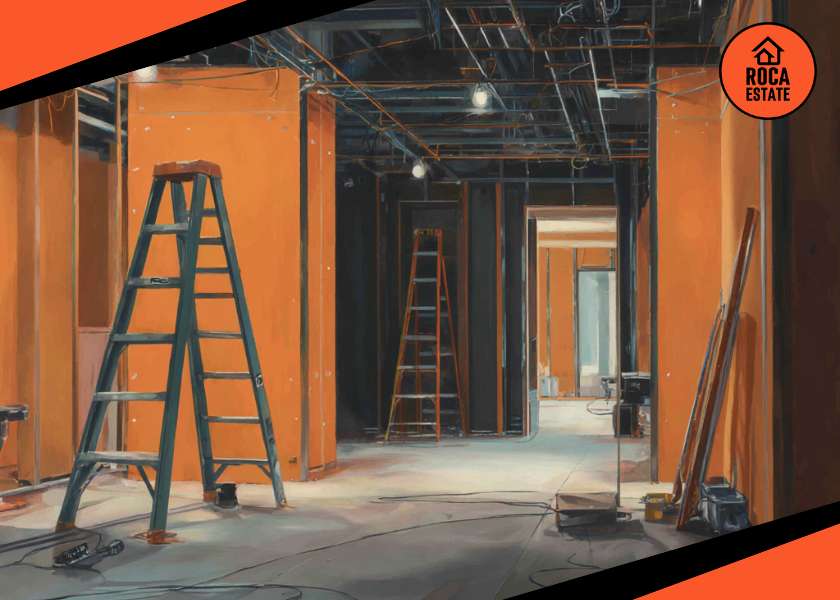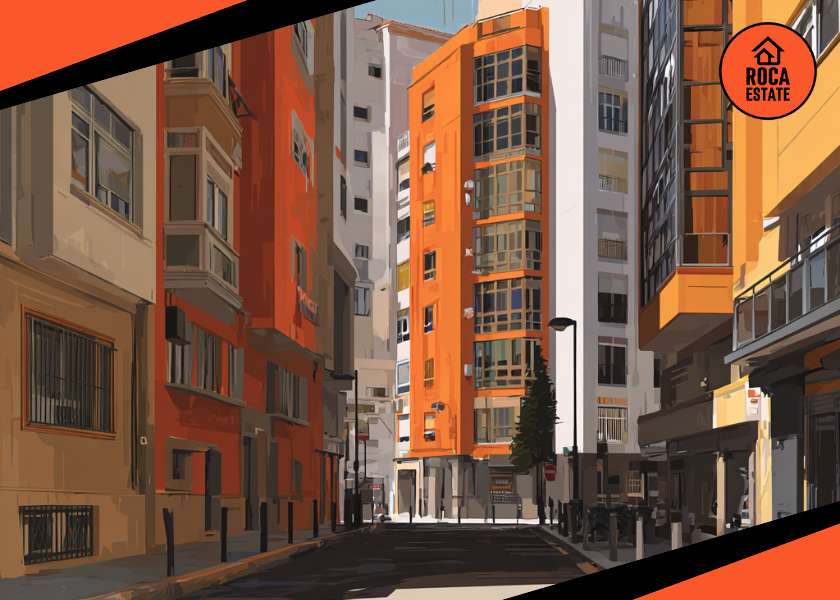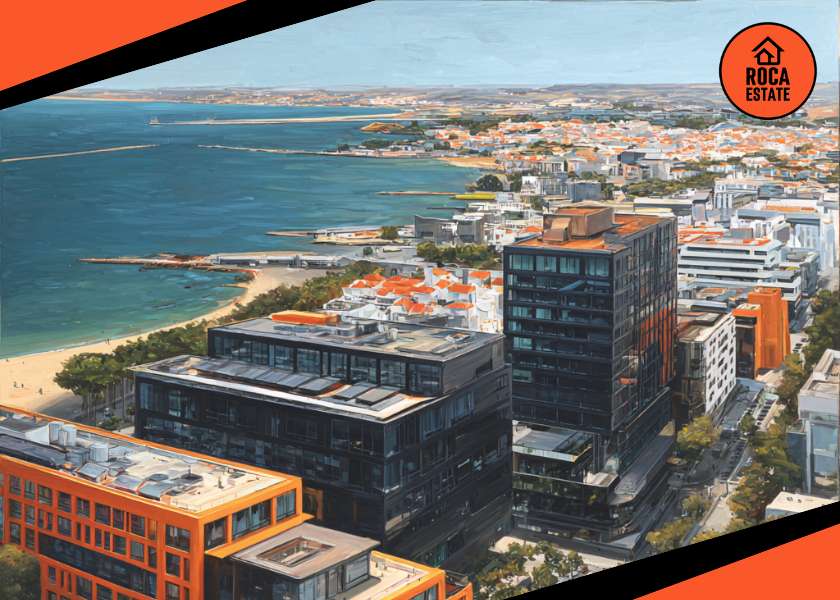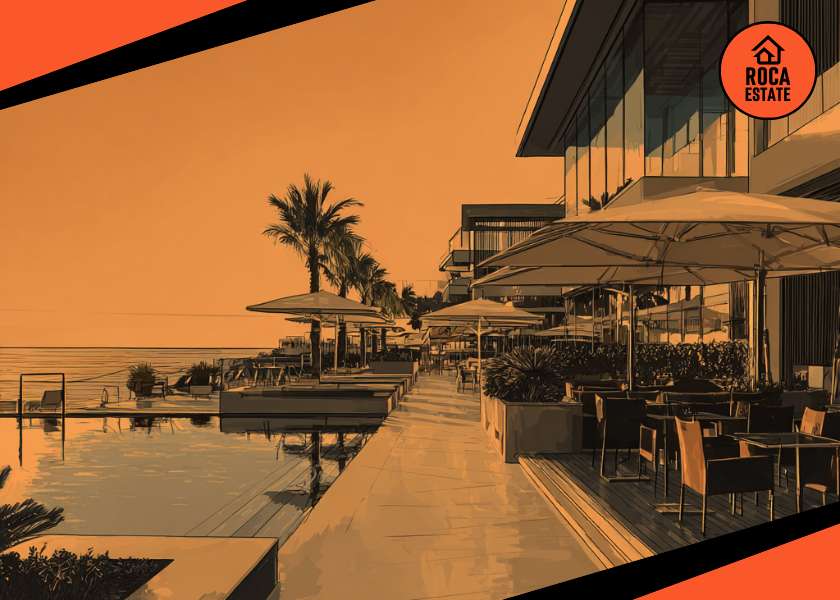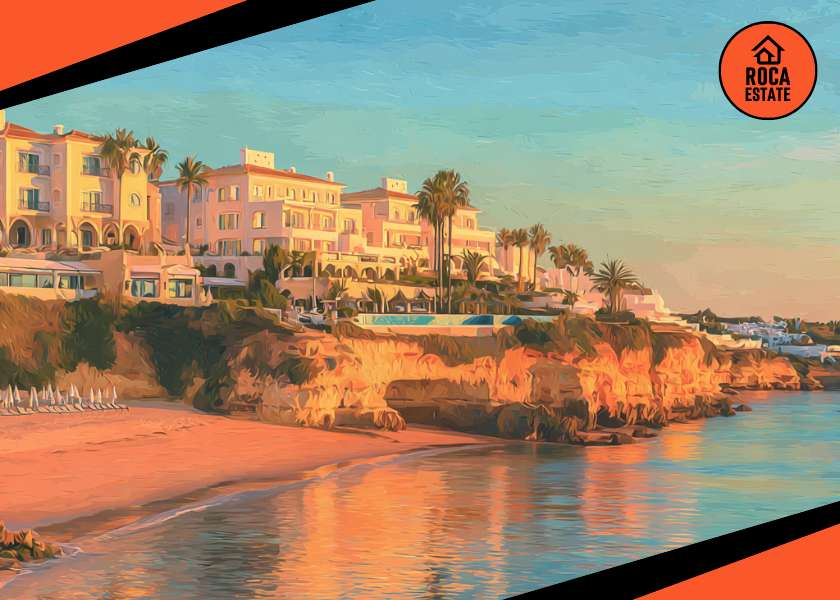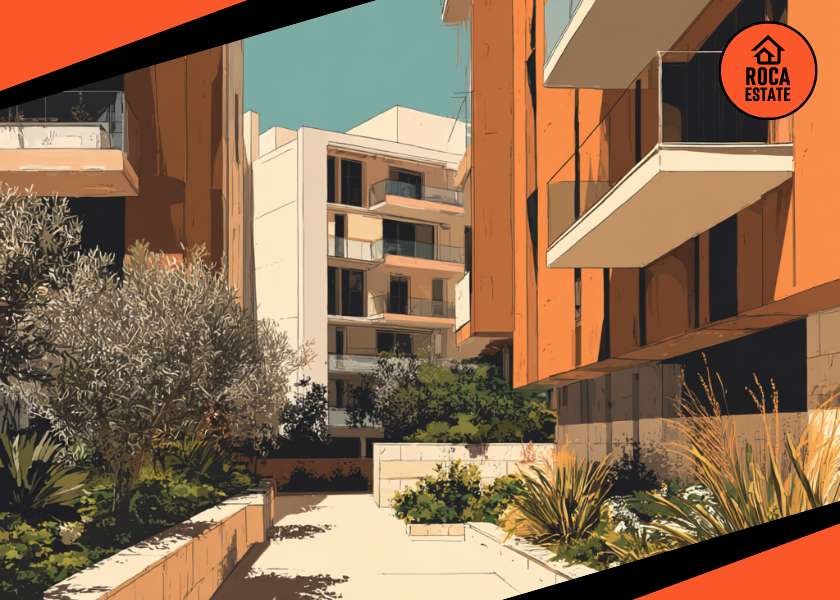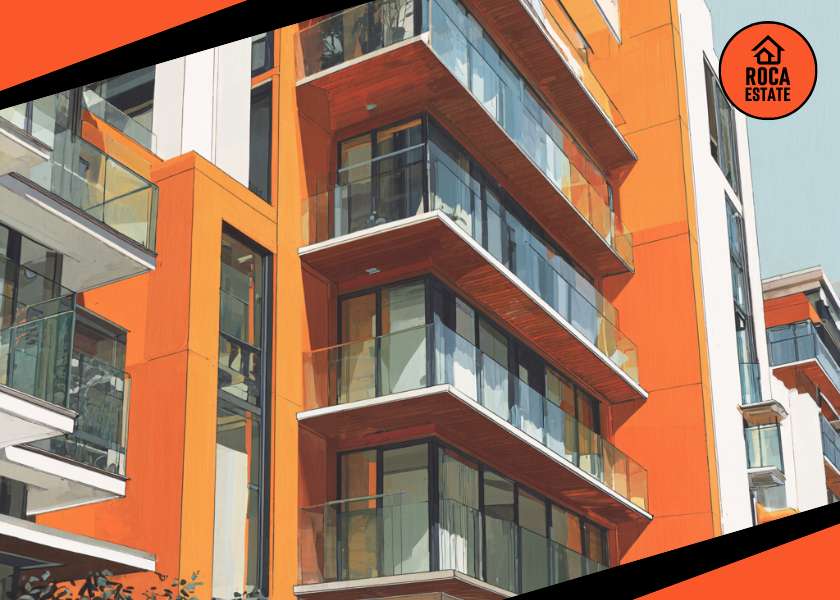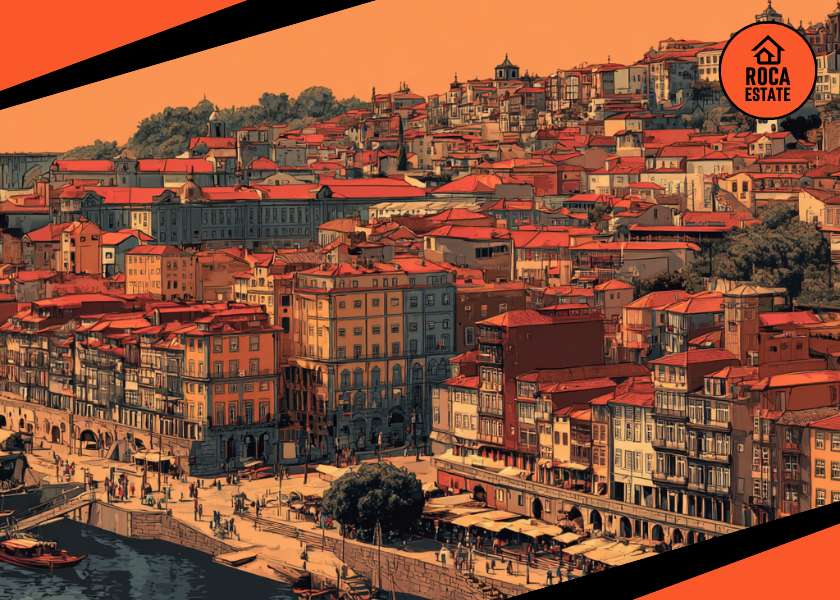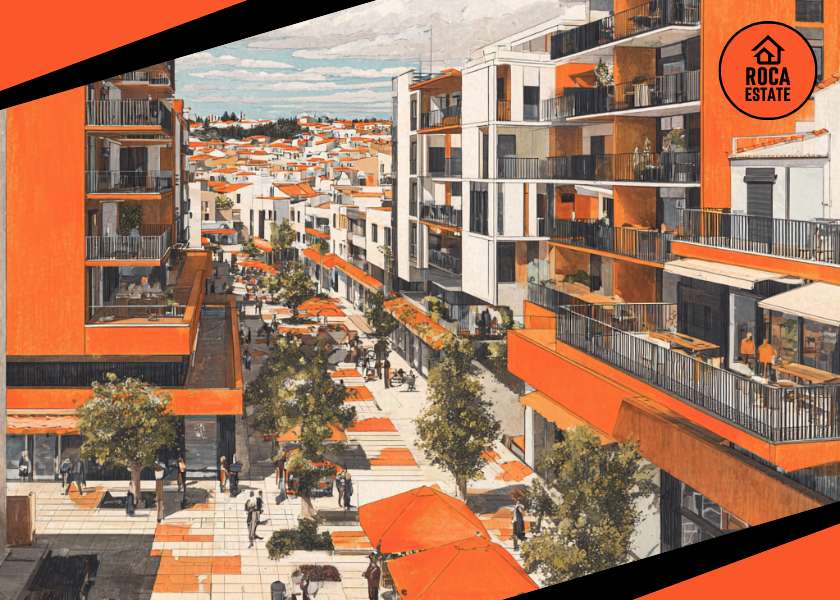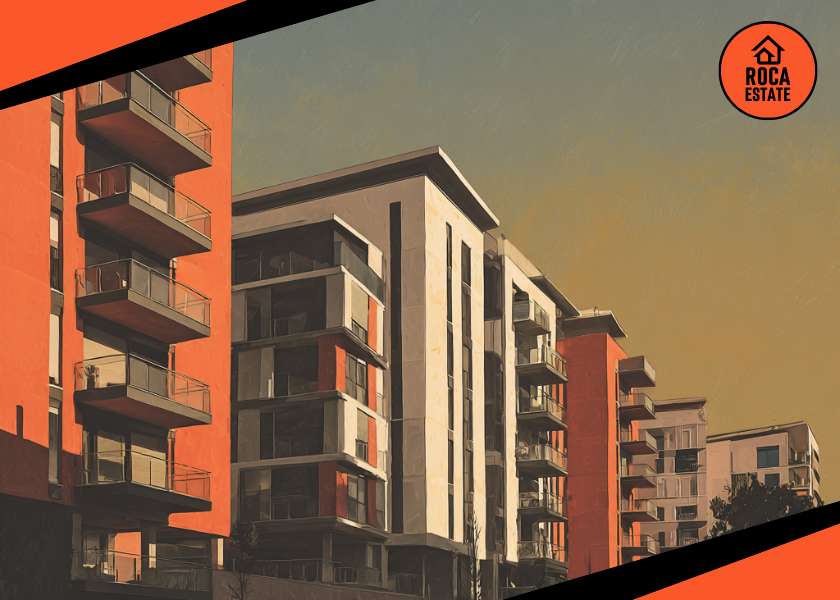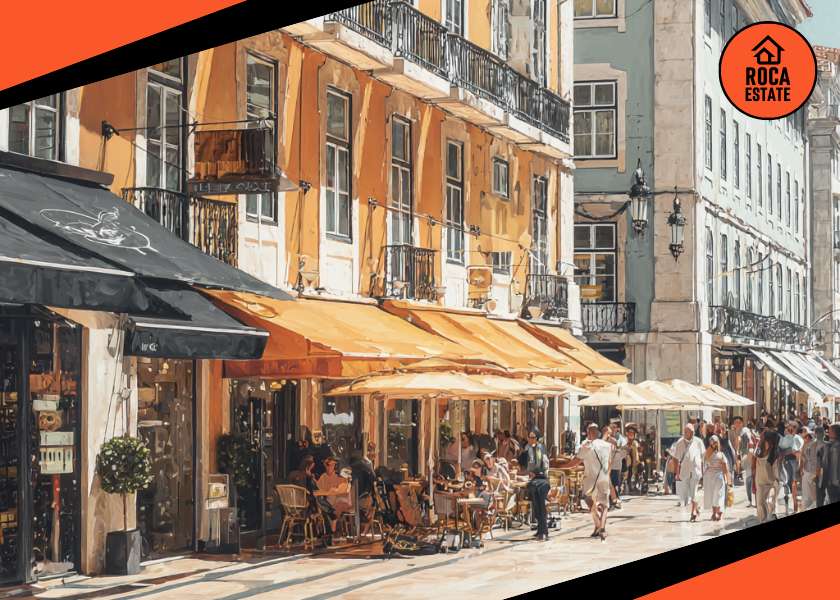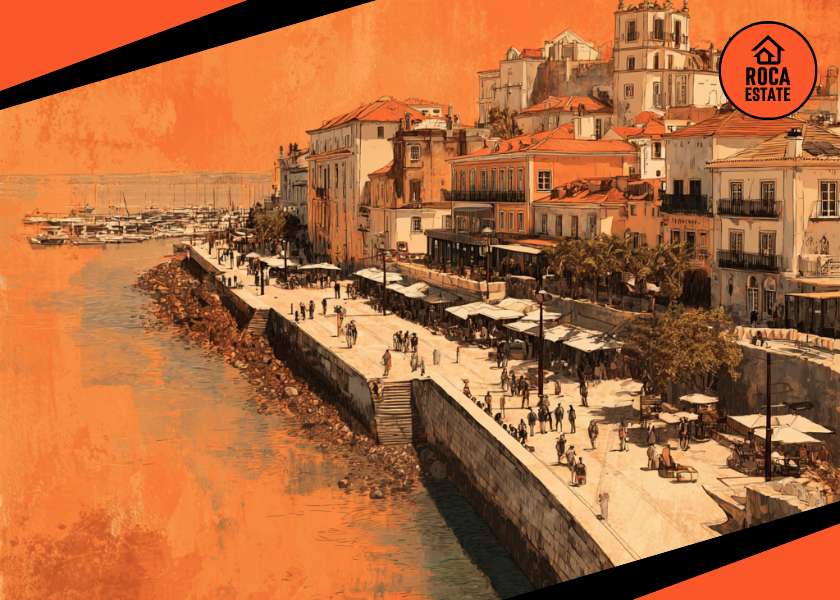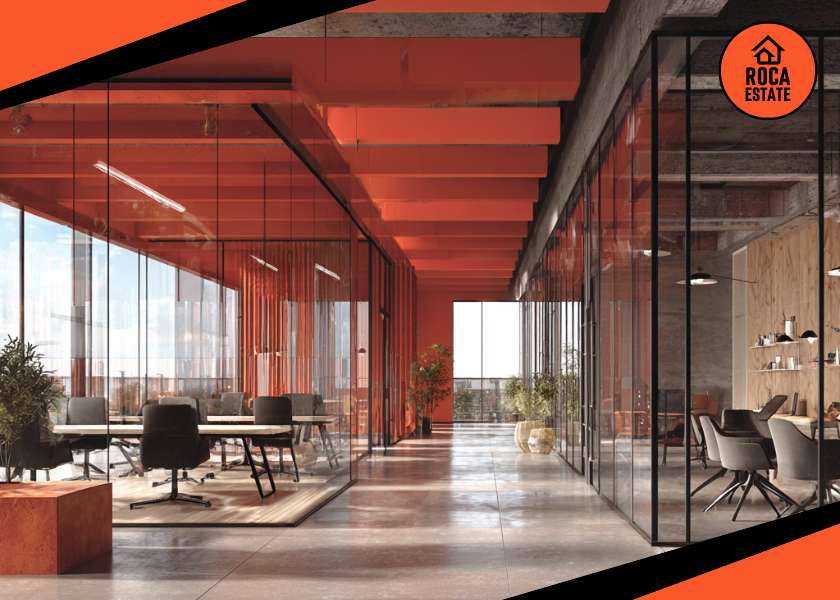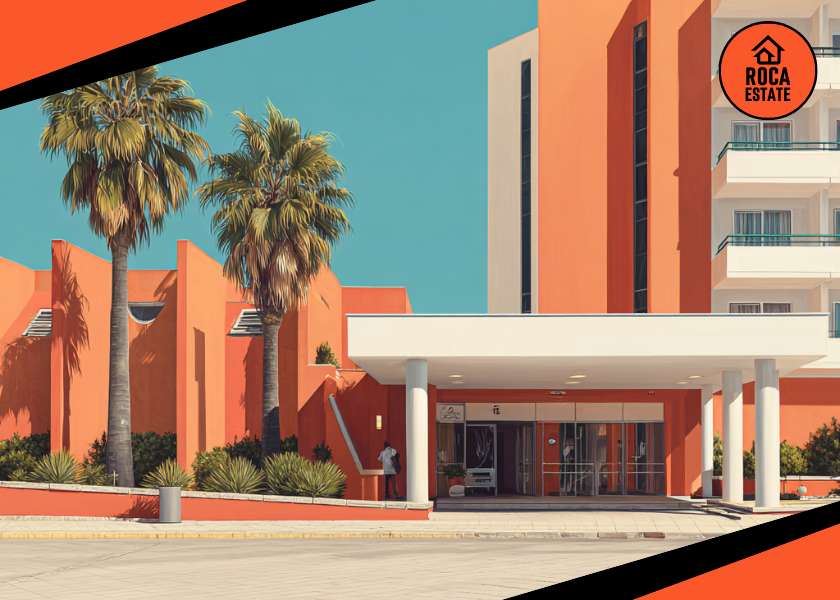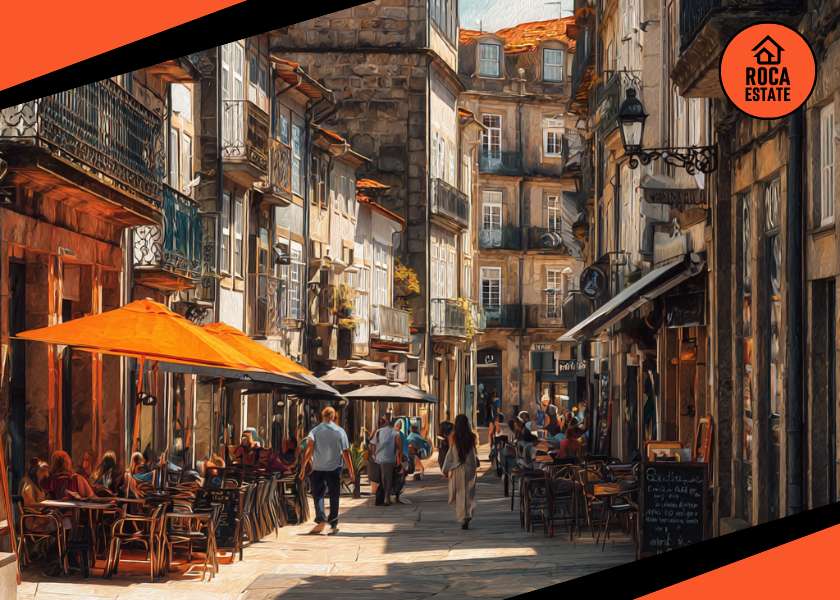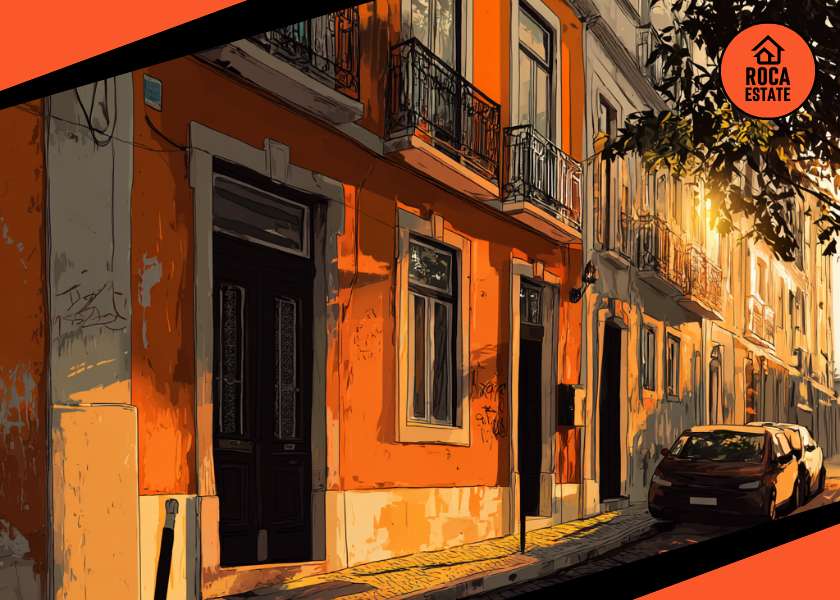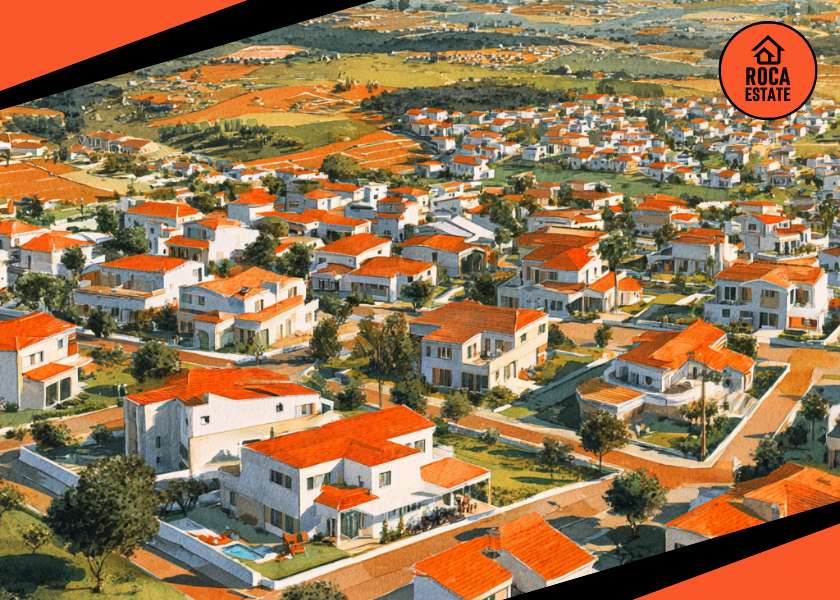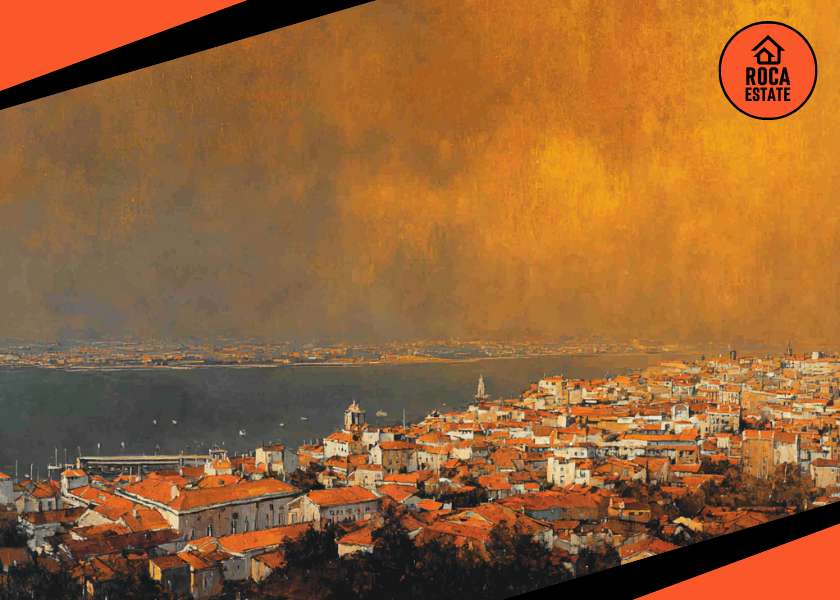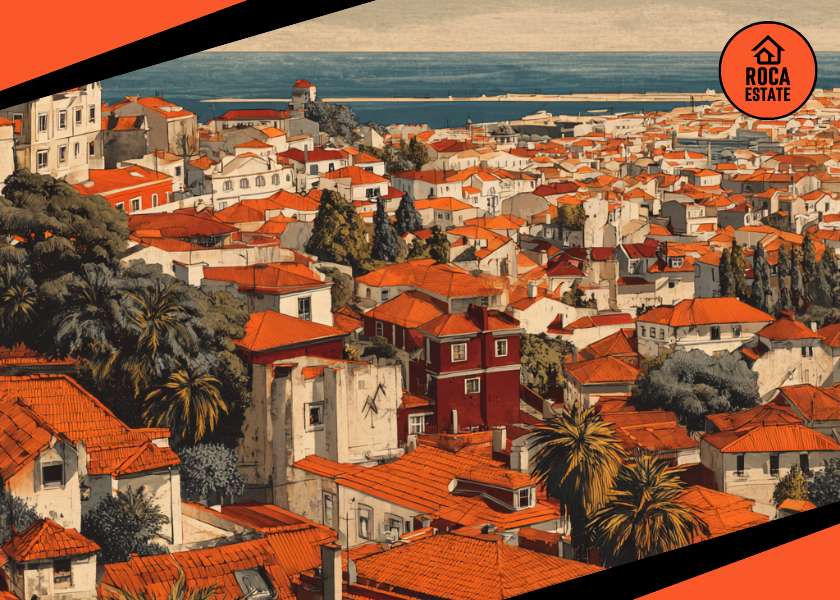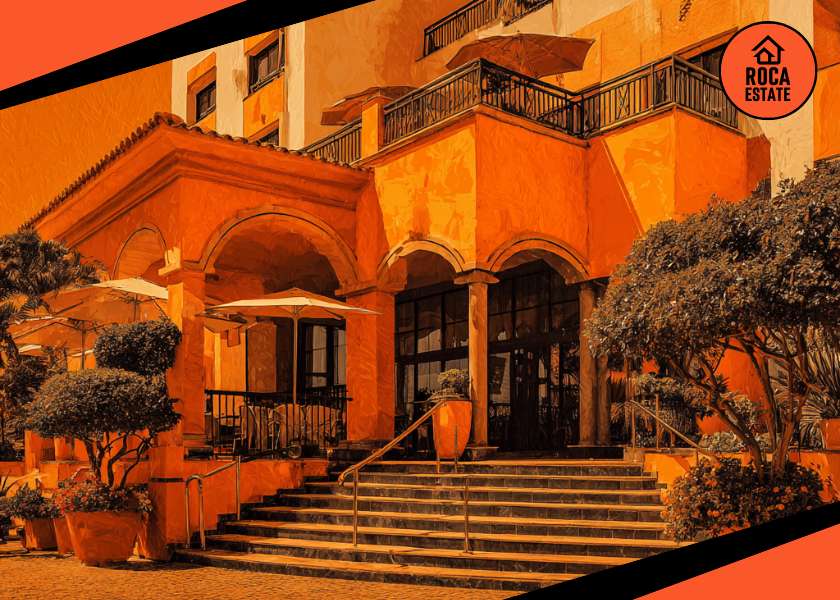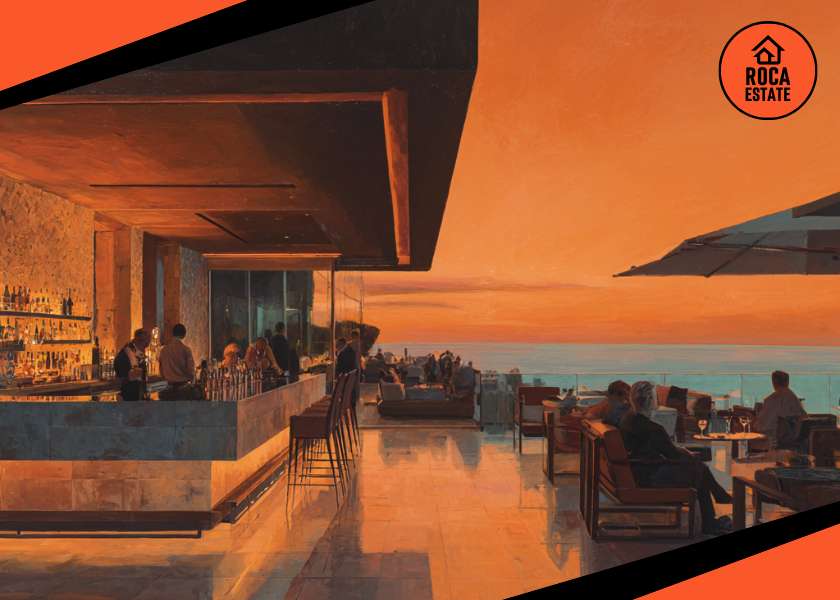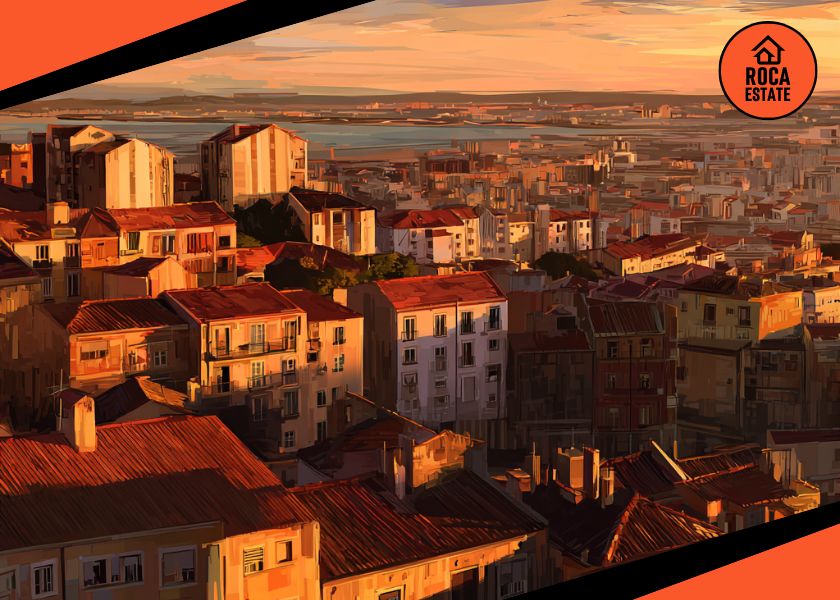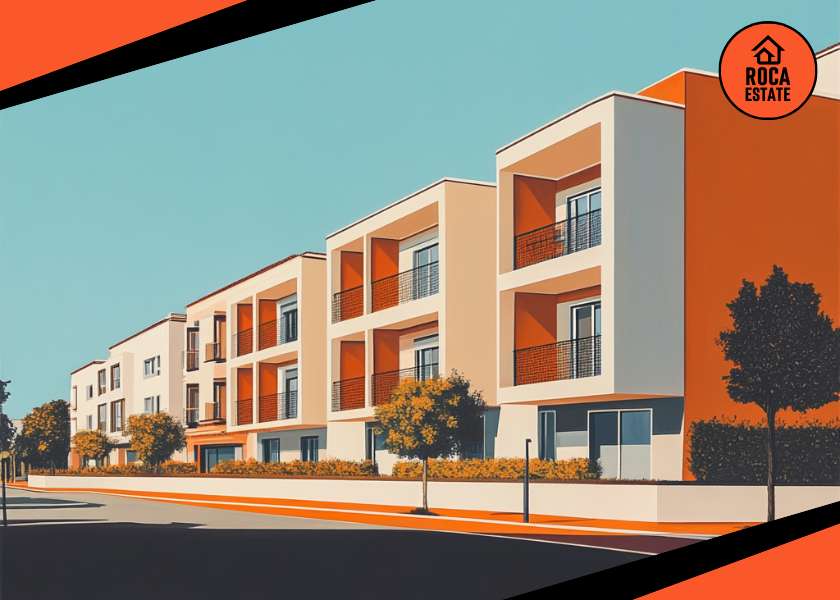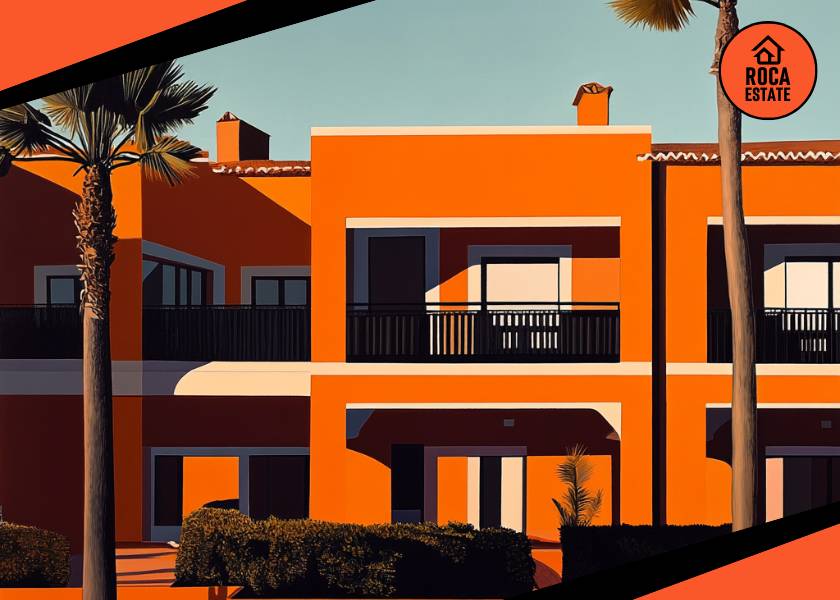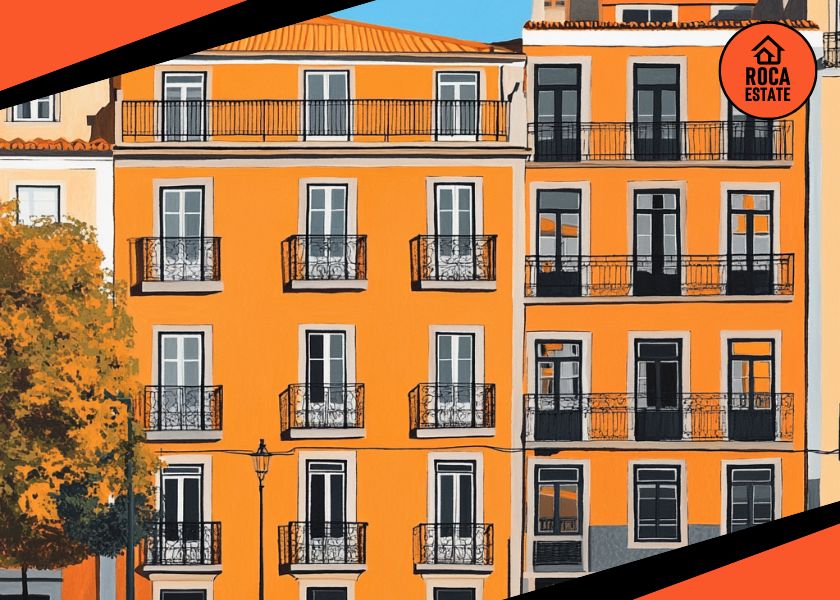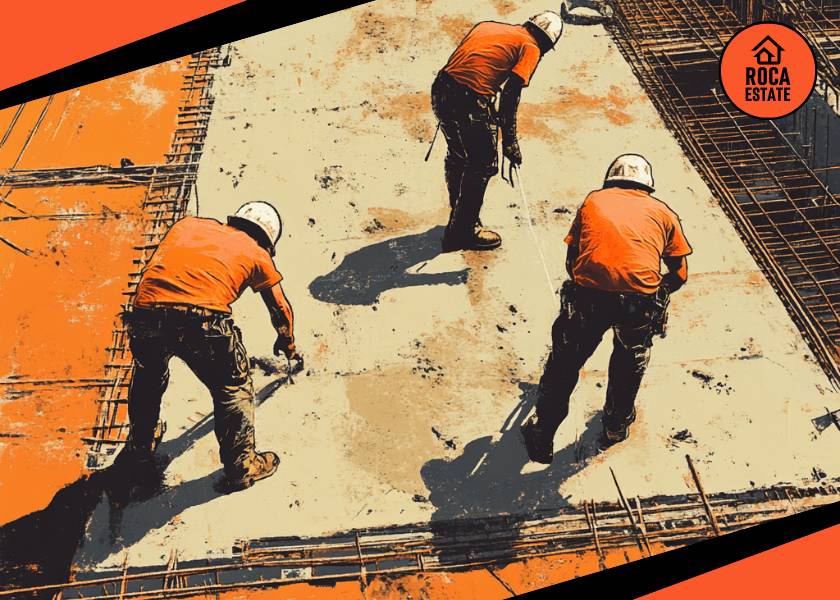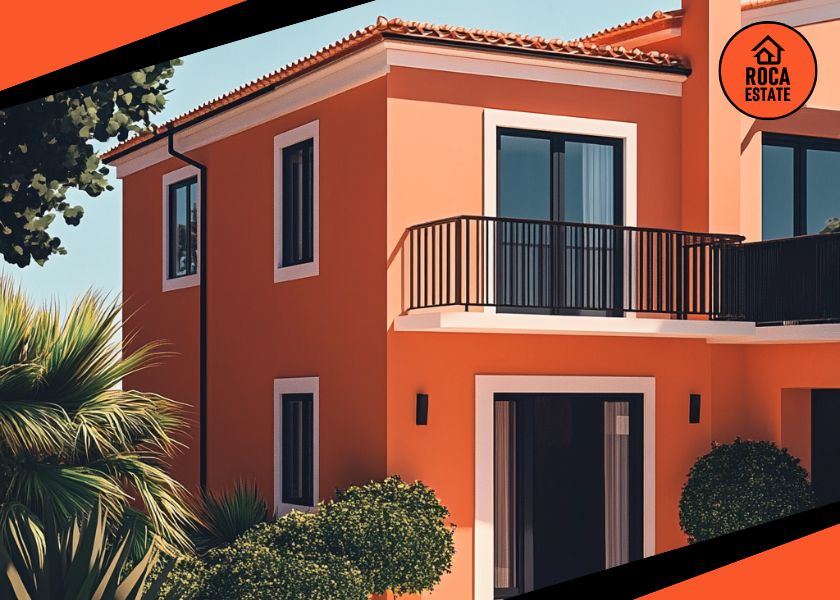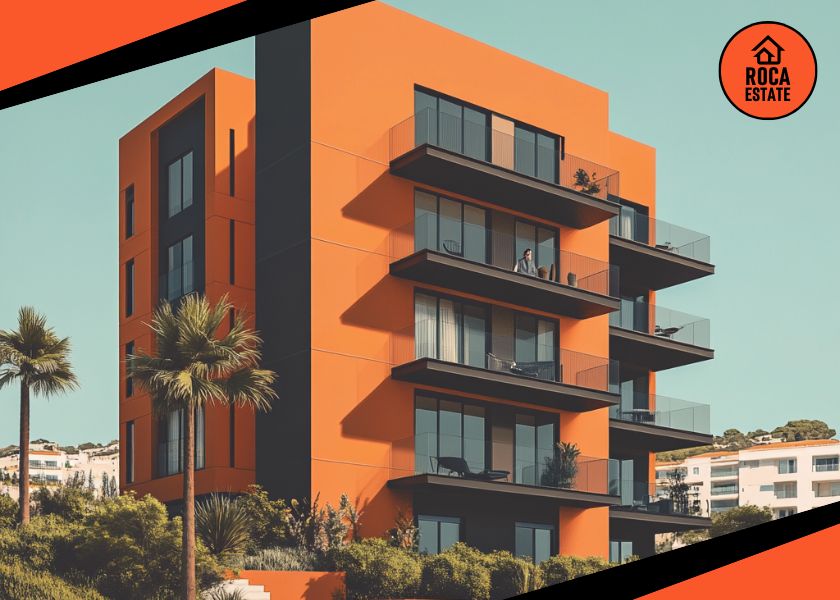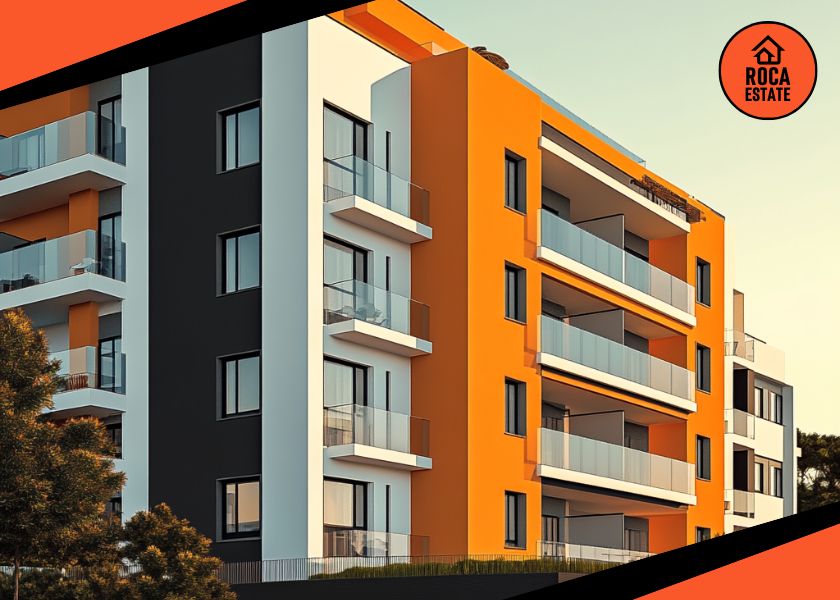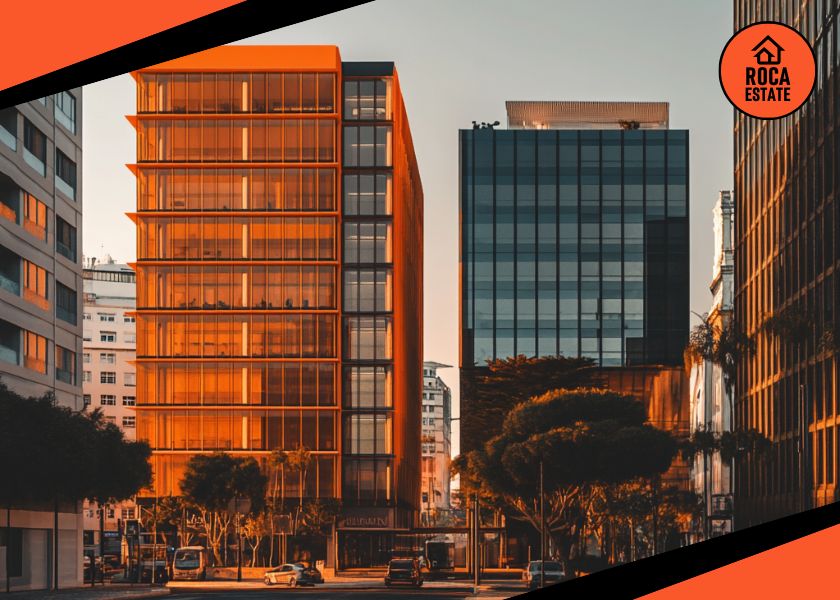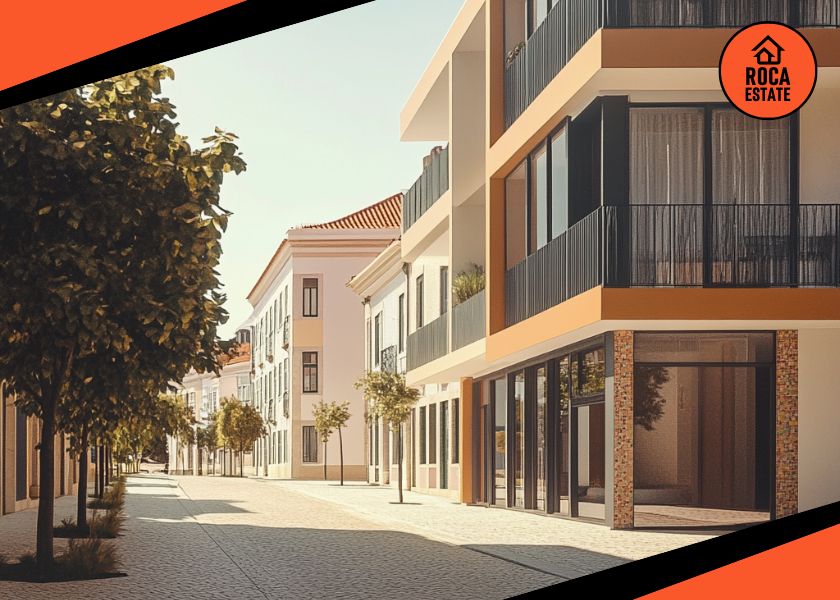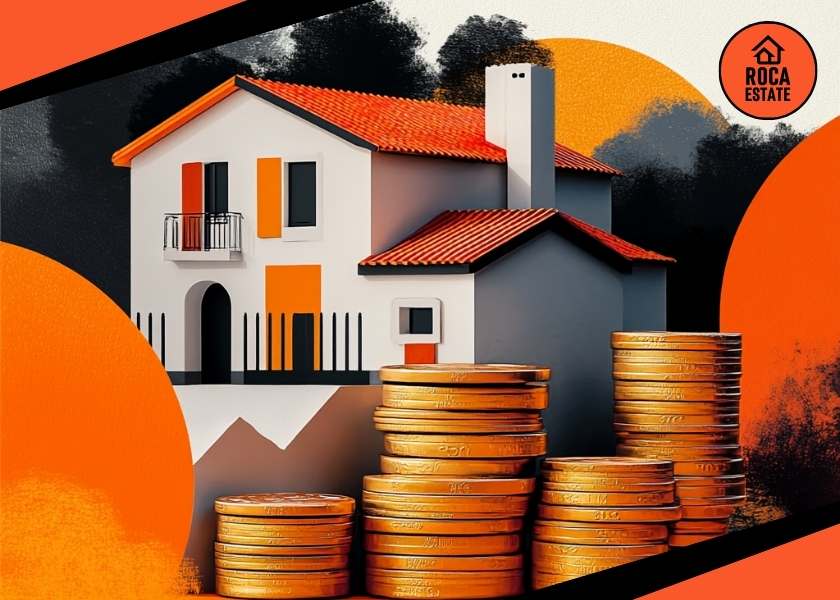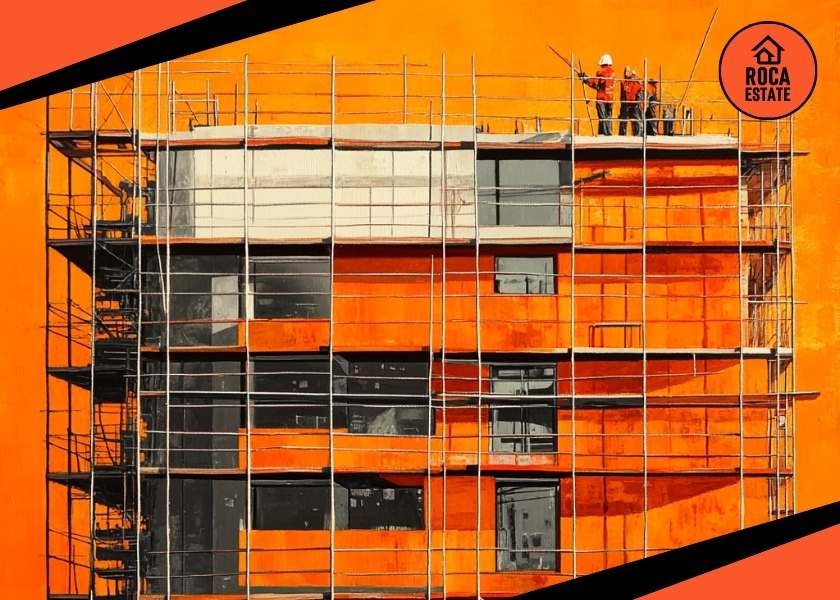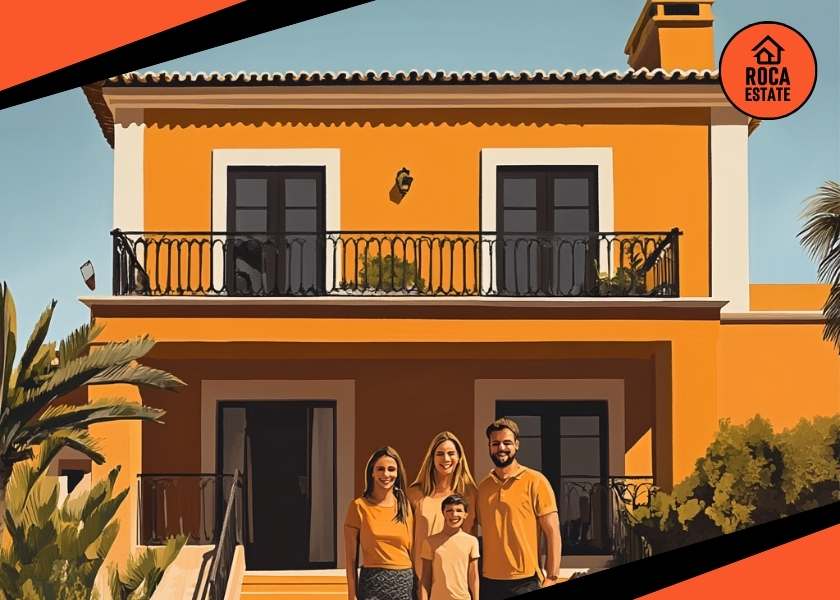Portugal’s commercial real estate market continues to show strong fundamentals, bolstered by fresh tourism data released by Statistics Portugal (INE) for May 2025. The latest figures highlight sustained growth in domestic travel and rising accommodation revenues – key drivers for investments in commercial real estate, particularly in hospitality and urban retail sectors. With guest numbers and average daily rates both on the rise, investors should take note of how demand patterns are evolving and where future opportunities may emerge.
Tourism Data Overview – May 2025
- 3.2 million guests visited Portugal’s tourist accommodations (+2.6% YoY).
- 7.8 million overnight stays, a 1.3% increase from May 2024.
- Domestic overnight stays rose 5.9%, while non-resident stays slightly dipped by 0.2%.
- Total revenue rose to €717.0 million (+8.7%); accommodation revenue hit €550.6 million (+8.9%).
- RevPAR (Revenue per Available Room) climbed to €83.4 (+6.7%).
- ADR (Average Daily Rate) reached €128.9 (+5.8%).
Implications for Portugal’s Commercial Real Estate Sector
- Hospitality Assets Continue to Outperform
The rise in RevPAR and ADR points to sustained pricing strength, particularly in tourist-heavy regions. For investors, this reinforces confidence in high-traffic urban hotels and branded short-term accommodation. Locations like Lisbon, Porto, and the Algarve remain critical investment zones. - Domestic Demand as a Stabilizer
With international overnight stays slightly down and domestic travel up nearly 6%, the underlying stability of Portugal’s internal tourism economy is becoming a competitive advantage. This bolsters commercial real estate tied to mid-tier hotels, local retail, and regional transport hubs. - Changing Dynamics in Source Markets
The U.S. market saw a 6.0% rise, highlighting ongoing strength in North American demand. Meanwhile, the Brazilian market posted a notable drop (-11.6%). For investors in Portugal’s commercial real estate, this points to opportunities in repositioning marketing efforts and adjusting asset strategies based on traveler origin. - Knock-On Effects in Urban Retail and Mixed-Use Properties
Higher occupancy and spend per guest support secondary sectors – restaurants, convenience retail, entertainment. Mixed-use developments near hotel clusters or in urban tourism corridors could see meaningful uplift, especially in cities balancing tourist and local demand.
Forward-Looking Strategy for Investors
- Monitor Q3-Q4 for Domestic Resilience: Continued strength in domestic tourism could anchor performance through off-peak seasons.
- Watch Exchange Rates and Airfare Trends: These will shape international traffic, particularly from North America and Brazil.
- Track the Development Pipeline: An overheated hospitality build-out could suppress returns. Focus on differentiated assets with location and brand strength.
- Evaluate Risk-Adjusted Yields: In core markets, yields are tightening. Focus should shift to operational upside and long-term value rather than speculative price growth.
Conclusion: Positioning in Portugal’s Commercial Real Estate
Tourism remains a reliable indicator and driver of growth in Portugal’s commercial real estate market. Although international tourist flows are showing the first signs of instability, local demand and price stability provide a solid foundation for asset stability and long-term returns. Smart investors will balance core investments in the hotel business with complementary assets in retail and mixed-use properties, while closely monitoring geographic and sector performance metrics.
The next few months will be crucial in determining whether these trends will accelerate or stabilize. In any case, Portugal remains one of the most attractive real estate markets in Europe.
For tailored insights or to explore investment opportunities in Portugal’s commercial real estate market, contact Roca Estate today.

